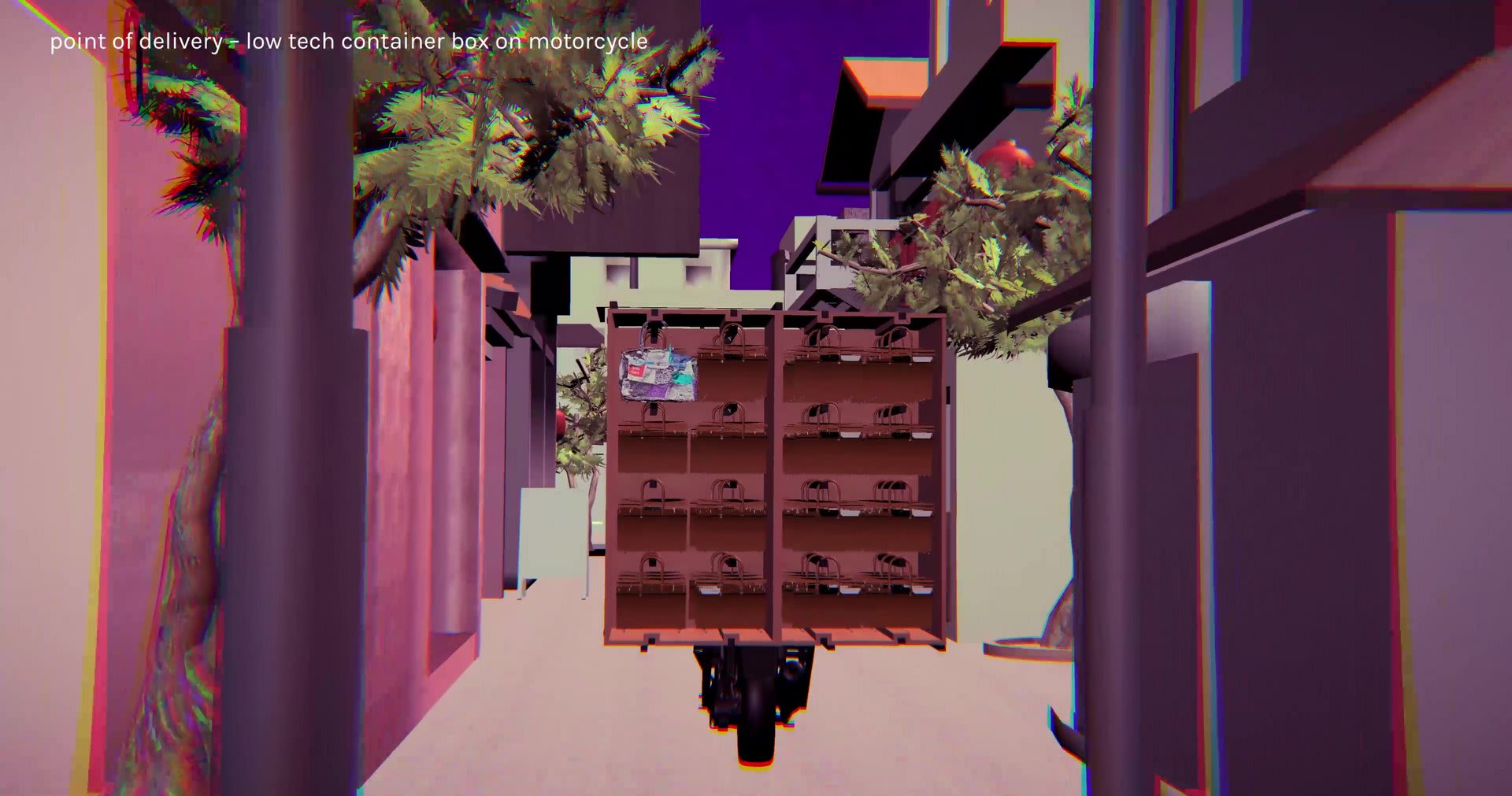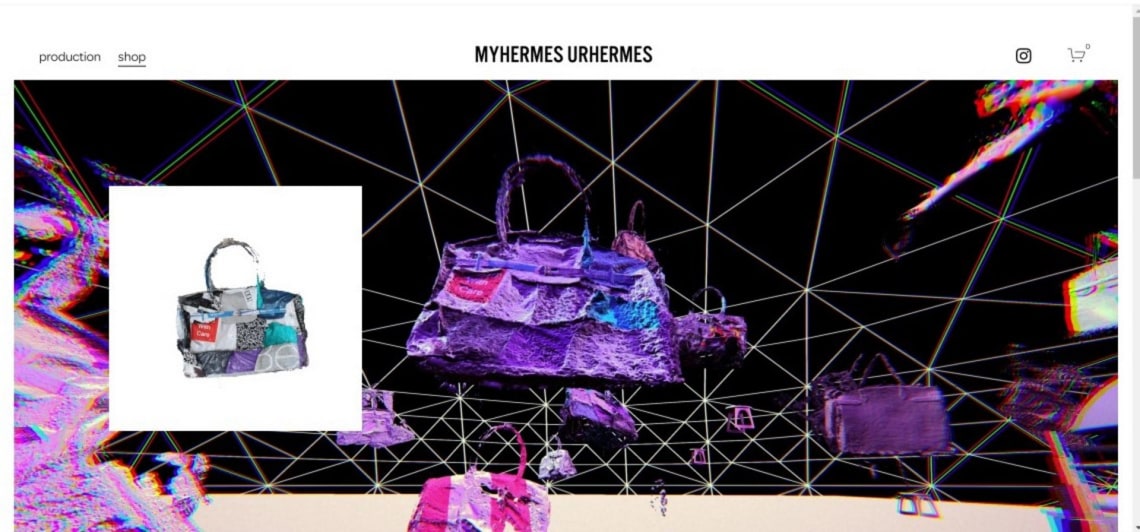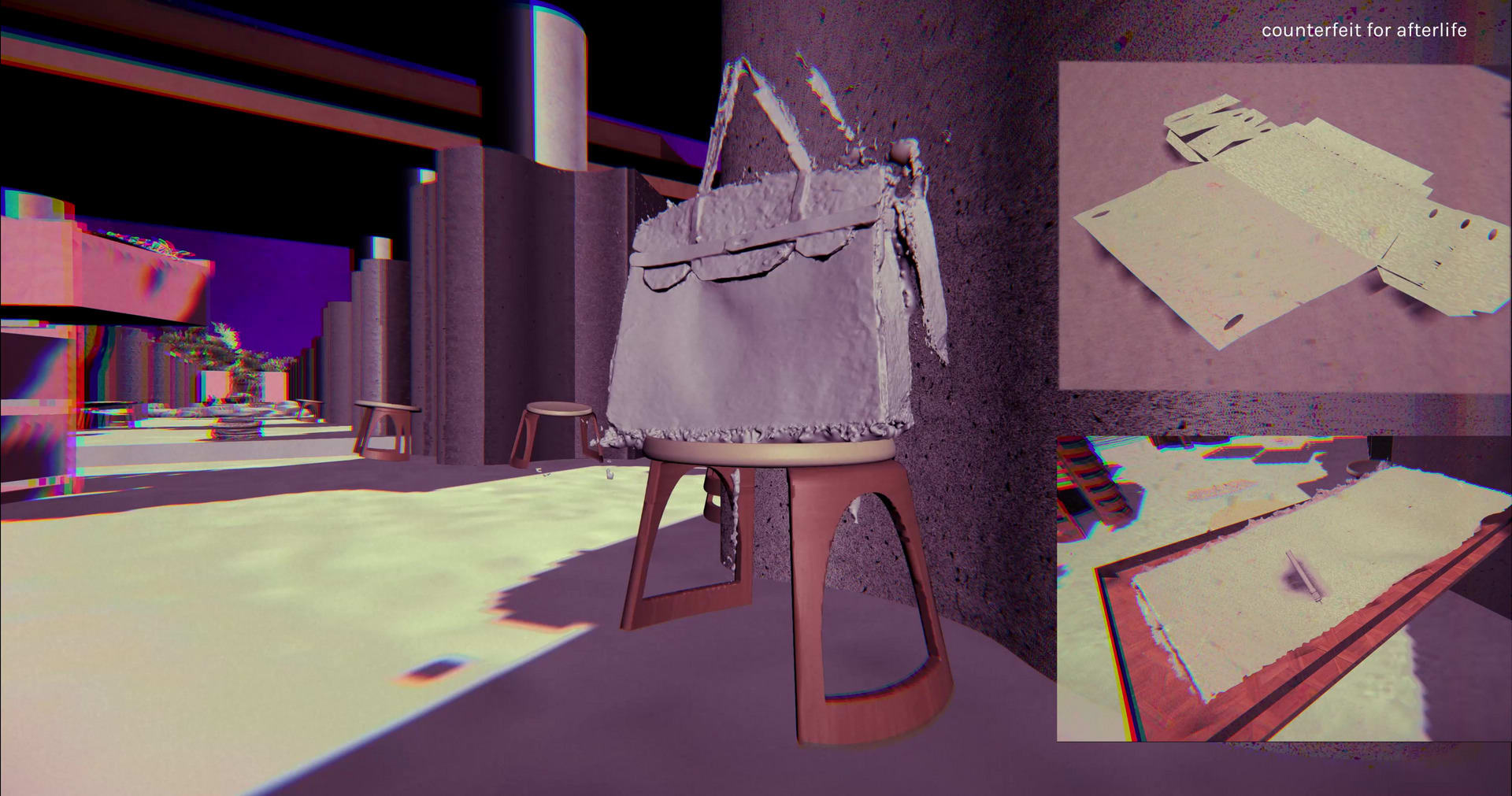Emily is a spatial designer whose research focuses on the reclaiming of spaces that have suffered as a result of the need for consumption. At the RCA, Emily's work examines the intersection of indigenous communities, coloniality of power, and mapping of networks. Her personal practice is developing through multiple mediums including world-building animation, film, and hand drawing. Prior to the RCA, Emily completed her undergraduate studies at the University of Sheffield. She currently works at Grimshaw Architects and as a graphic designer for Colla Voce, an independent theatre company.
Her work in ADS2 plays within the illegitimate loopholes to disrupt existing logistical systems and reclaim the means of production. The project necessitates a new supply chain that focuses on acts of care for both this life and the afterlife.
Her previous research in ADS8 titled Symphony in the Sea, focused on the ever-increasing human presence in oceans acoustically bleaching the soundscape of marine species. Investigating the anthropogenic effects and how humans have polluted the senses of marine species for their own gain. Emily proposed a network assisting non-human life forms to resist or coexist with the threat of a deepwater port. So that, if or when the harbour is built and their environment is compromised, they are not fully displaced. The project was shortlisted for the RIBA West Award, featured in the Het Nieuwe Instituut x TU Delft 'Repositioning Architecture in the Digital' Conference, and Cosa Mentale 'Dixit' magazine.


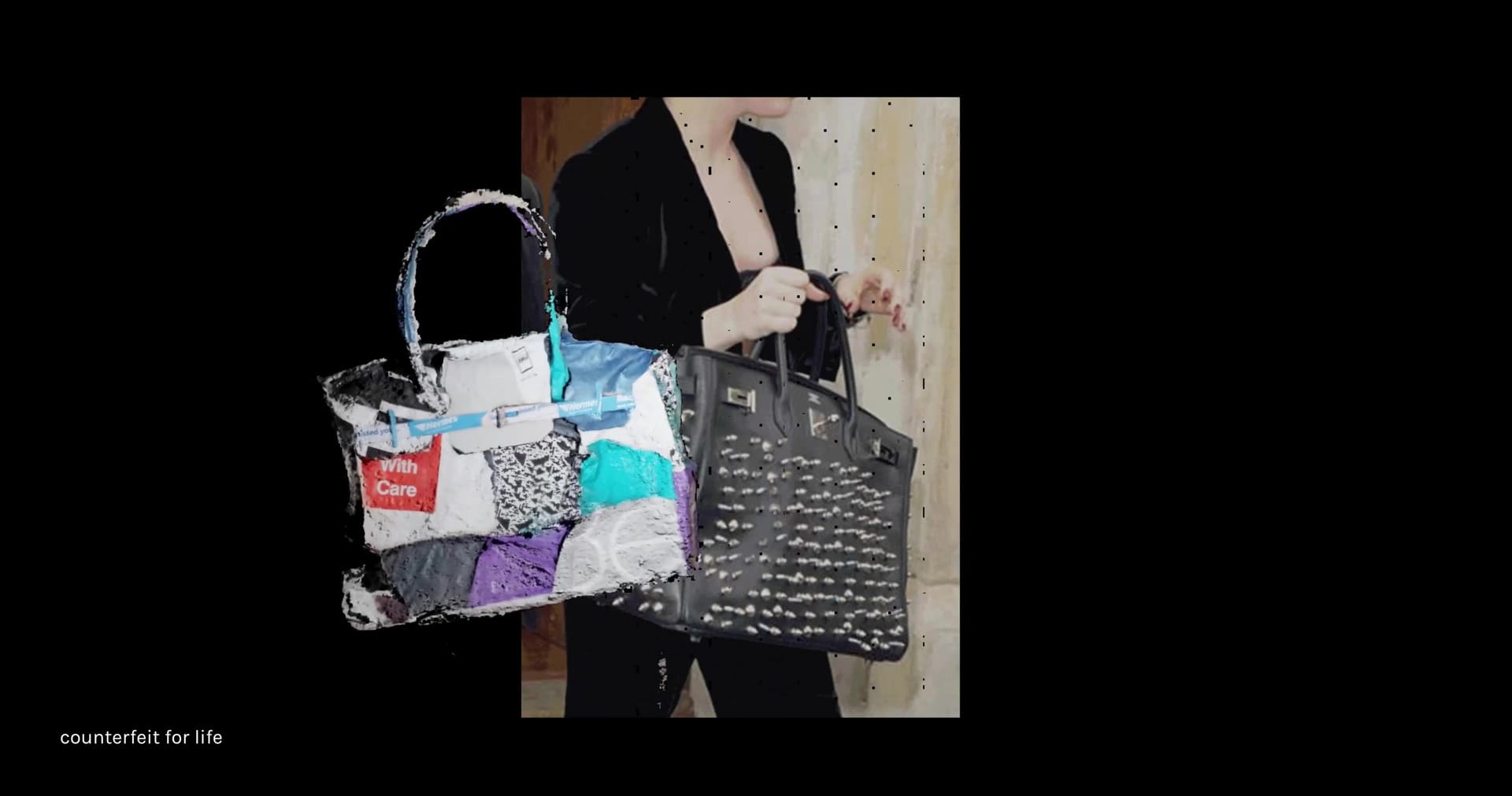


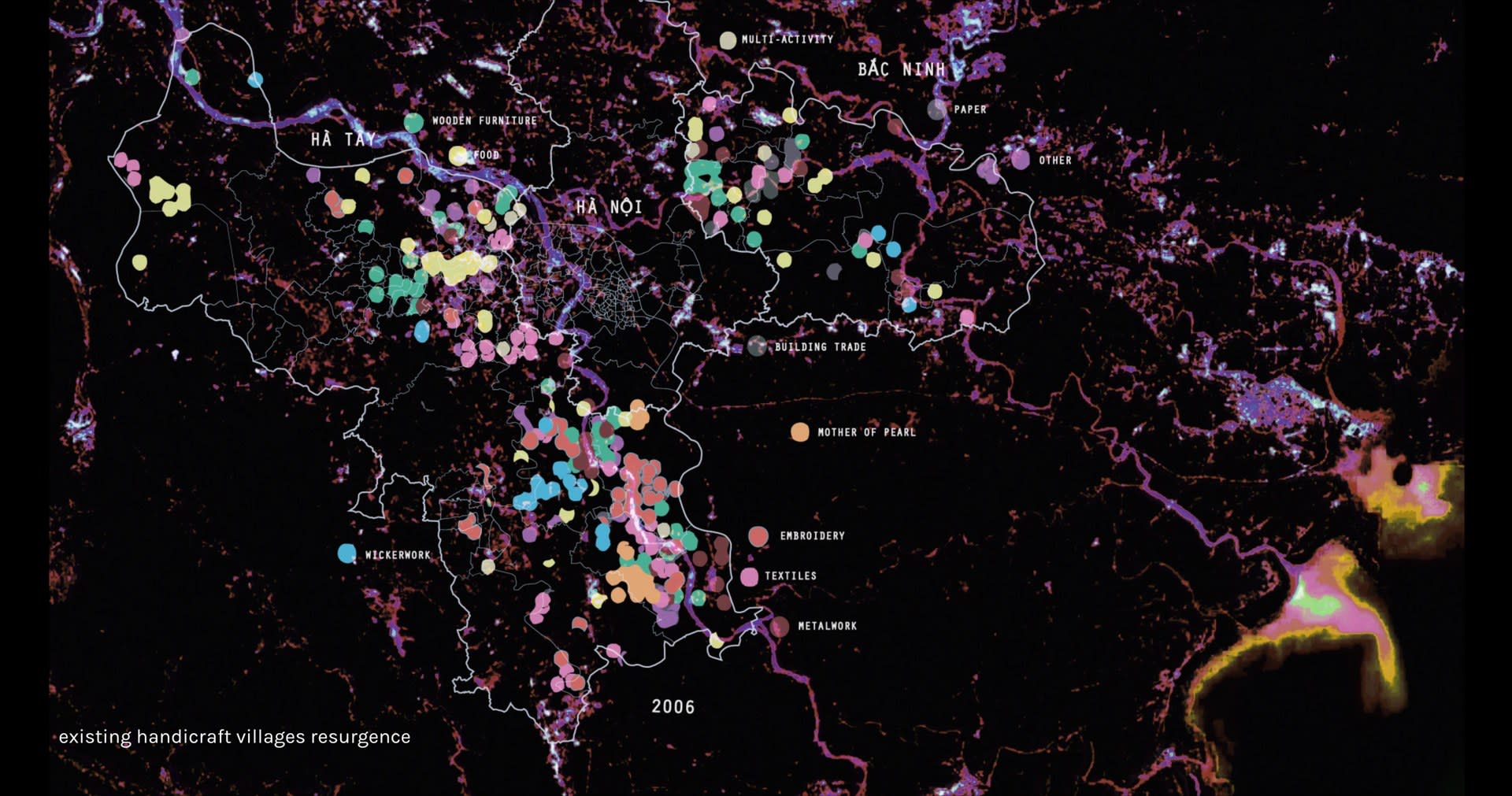

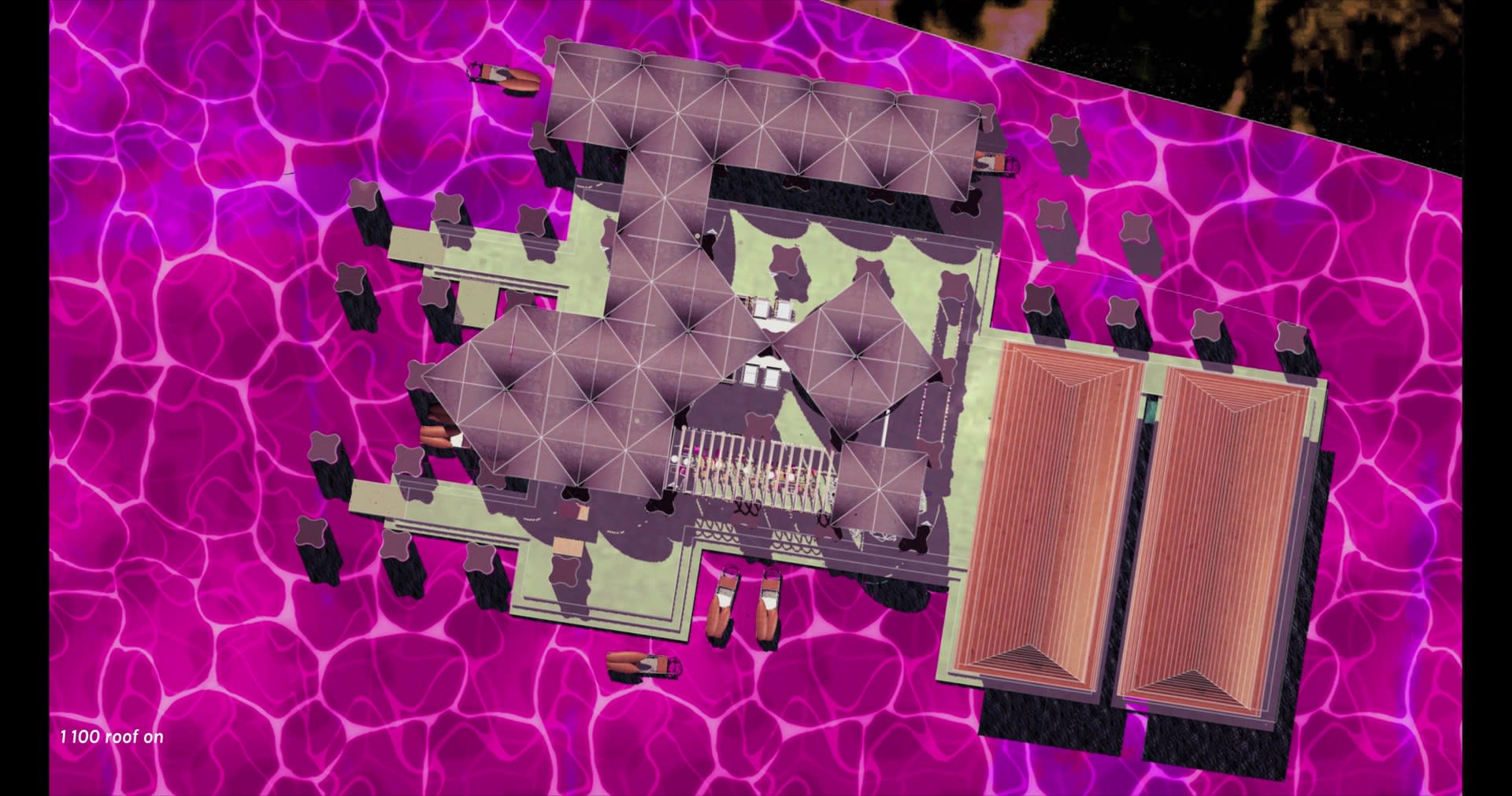


![[untitled]](https://res.cloudinary.com/rca2020/image/upload/f_auto,h_1019,w_1920,c_fill,g_auto,q_auto/v1/rca2021/60c71e89101fec8c9f84e6d1-843859?_a=AXAH4S10)
![[untitled]](https://res.cloudinary.com/rca2020/image/upload/f_auto,h_1011,w_1920,c_fill,g_auto,q_auto/v1/rca2021/60c71e89101fec8c9f84e6d1-498560?_a=AXAH4S10)
![[untitled]](https://res.cloudinary.com/rca2020/image/upload/f_auto,h_1017,w_1920,c_fill,g_auto,q_auto/v1/rca2021/60c71e89101fec8c9f84e6d1-828153?_a=AXAH4S10)
![[untitled]](https://res.cloudinary.com/rca2020/image/upload/f_auto,h_1018,w_1920,c_fill,g_auto,q_auto/v1/rca2021/60c71e89101fec8c9f84e6d1-905000?_a=AXAH4S10)
![[untitled]](https://res.cloudinary.com/rca2020/image/upload/f_auto,h_1025,w_1920,c_fill,g_auto,q_auto/v1/rca2021/60c71e89101fec8c9f84e6d1-588195?_a=AXAH4S10)
![[untitled]](https://res.cloudinary.com/rca2020/image/upload/f_auto,h_1024,w_1920,c_fill,g_auto,q_auto/v1/rca2021/60c71e89101fec8c9f84e6d1-638021?_a=AXAH4S10)

